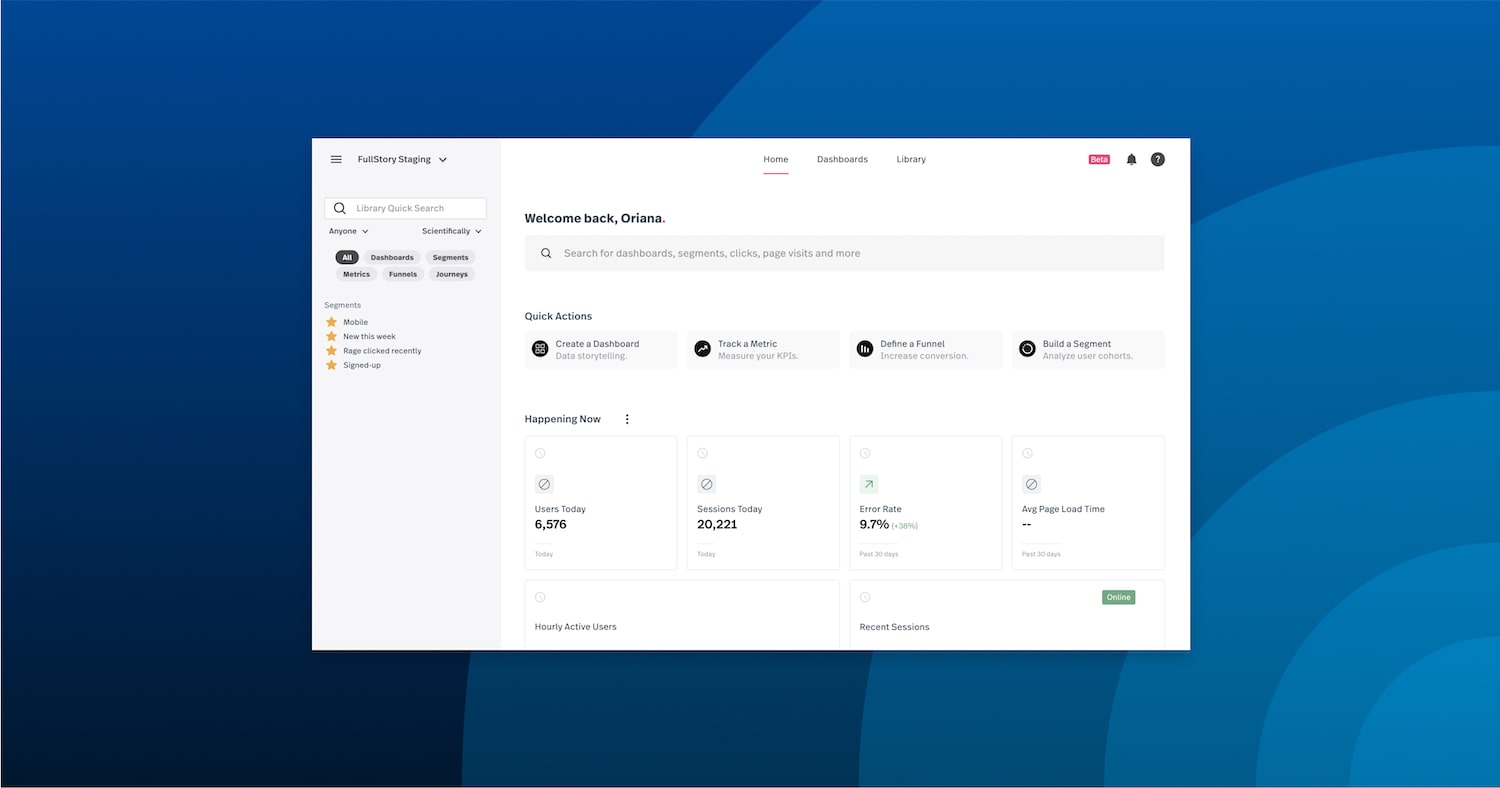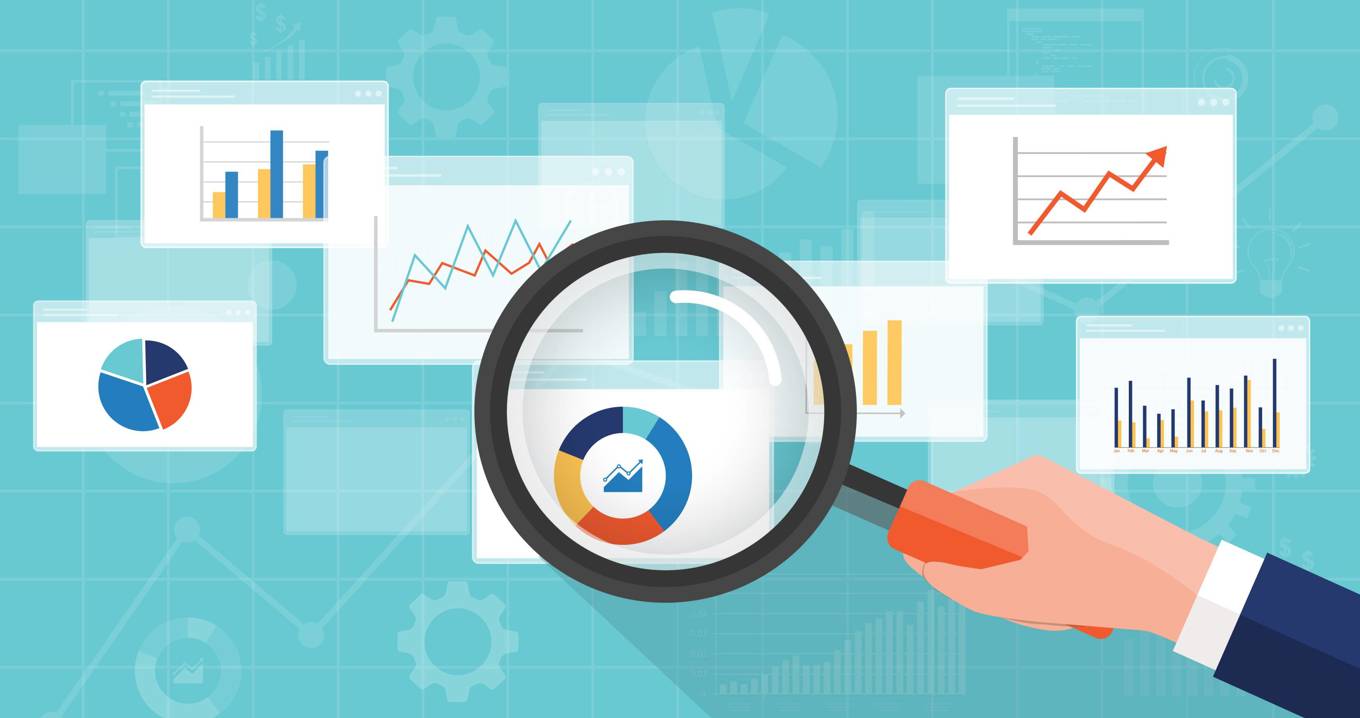Why Services Love Data-Driven Analytics Approaches
Boost Effectiveness and Success Via Data Analytics
In today's data-driven landscape, companies are progressively recognizing the critical duty of information analytics in enhancing operational efficiency and success. By systematically evaluating data, organizations can reveal crucial understandings that inform tactical decisions, simplify processes, and tailor customer experiences (Analytics). The challenge lies not only in the execution of these logical tools but also in recognizing exactly how to equate data right into actionable end results. As we check out the subtleties of efficient data-driven techniques, the implications for both temporary gains and long-term success come to be significantly clear. What might these insights disclose for your organization?
Comprehending Data Analytics
In today's data-driven landscape, understanding data analytics is crucial for companies intending to enhance operational performance and drive productivity. Information analytics includes the organized computational evaluation of data collections to discover patterns, relationships, and insights that notify decision-making. By employing various strategies, such as analytical analysis, artificial intelligence, and predictive modeling, companies can change raw information into workable knowledge.
The procedure normally starts with data collection, where appropriate info is collected from several resources, including transactional data sources, customer communications, and market patterns. This data is after that cleaned up and arranged to make certain precision and uniformity. As soon as the information is prepared, logical tools and software program are used to imagine the info and discover, enabling stakeholders to identify anomalies and patterns.
Inevitably, recognizing information analytics encourages companies to make informed decisions based on empirical evidence rather than instinct. It facilitates targeted strategies that can optimize source allowance, improve client complete satisfaction, and improve total performance. As companies increasingly acknowledge the worth of data-driven understandings, a solid grasp of information analytics ends up being an essential proficiency for groups and leaders alike, positioning them for continual success in an affordable atmosphere.

Key Advantages for Organizations
Services that take advantage of data analytics can open a multitude of benefits that dramatically boost their procedures and success. Among the main advantages is boosted decision-making. Data analytics provides actionable insights derived from real-time data, permitting companies to make informed options that straighten with market demands and customer preferences.

In addition, data analytics fosters boosted customer experiences. By comprehending client actions and preferences, organizations can customize their offerings, bring about increased complete satisfaction and loyalty. This personalized method commonly causes greater conversion prices and repeat company.
In addition, data analytics allows services to recognize emerging possibilities and patterns. By staying ahead of the contour, organizations can maximize brand-new markets and advancements before their rivals.
Applying Data-Driven Techniques
Successful implementation of data-driven techniques needs an extensive understanding of both offered information and business objectives sources. Organizations needs to first specify their goals clearly, making sure placement between information initiatives and calculated aims. This clearness enables teams to concentrate on pertinent metrics and understandings that drive decision-making.
High-quality information is necessary for accurate analysis, as inadequate information can lead to misdirected techniques and squandered sources - Analytics. Organizations should develop procedures for information collection, cleansing, and administration to preserve information honesty.
Moreover, fostering a useful site data-driven culture is important. Staff members at all degrees need to be motivated to utilize data in their daily procedures. Educating programs and workshops can enhance information literacy, equipping staff to make informed choices based upon analytical news insights.
Tools and Technologies Review
A robust collection of devices and innovations is important for organizations intending to harness the complete capacity of information analytics. These devices facilitate the collection, processing, and visualization of information, allowing businesses to obtain actionable insights.
At the fundamental degree, information administration systems such as SQL data sources and NoSQL systems supply effective data storage and access abilities. For information processing and evaluation, shows languages like Python and R, along with frameworks such as Apache Flicker, make it possible for complex computations and artificial intelligence applications.
Visualization devices, including Tableau and Power BI, change raw data right into user-friendly visual layouts, making understandings accessible to stakeholders in any way degrees. In addition, cloud-based platforms like Google Cloud and AWS use scalable storage space and handling solutions, suiting the growing quantities of information companies run into.
For advanced analytics, anticipating modeling and AI-driven remedies are significantly embraced, permitting firms to anticipate trends and boost decision-making procedures. Incorporating these tools right into existing workflows is extremely important; companies that effectively leverage this modern technology can substantially enhance functional efficiency and drive profitability. Hence, purchasing the right tools and innovations is a critical crucial for any type of data-driven company.
Case Studies of Success
Leveraging data analytics has led countless companies to accomplish exceptional improvements in performance and productivity. One remarkable case is a big retail chain that applied anticipating analytics to maximize inventory administration. By examining historical sales information and customer trends, the firm decreased excess inventory by 30%, causing significant price savings and improved money circulation.
An additional example can be discovered in the manufacturing industry, where a leading vehicle producer made use of information analytics to enhance its production procedures. By monitoring maker efficiency in real-time, the organization determined traffic my company jams and inefficiencies, leading to a 20% increase in overall tools effectiveness (OEE) This not just improved production prices however also reduced downtime and upkeep expenses.

These instance researches illustrate exactly how data analytics can drive tactical decision-making, enhance procedures, and inevitably enhance both effectiveness and earnings across various markets.
Conclusion
In verdict, the integration of data analytics right into business operations offers significant possibilities for boosting effectiveness and success. By methodically examining information, organizations can identify inadequacies, enhance client experiences, and make informed decisions.
In today's data-driven landscape, recognizing information analytics is essential for organizations intending to enhance functional efficiency and drive profitability. Information analytics involves the systematic computational evaluation of data collections to reveal patterns, correlations, and insights that notify decision-making. Data analytics offers actionable insights derived from real-time data, permitting organizations to make enlightened options that align with market needs and consumer preferences.
High-quality information is crucial for accurate evaluation, as inadequate data can lead to illinformed techniques and lost sources. Organizations needs to develop procedures for data collection, cleaning, and management to maintain information integrity.